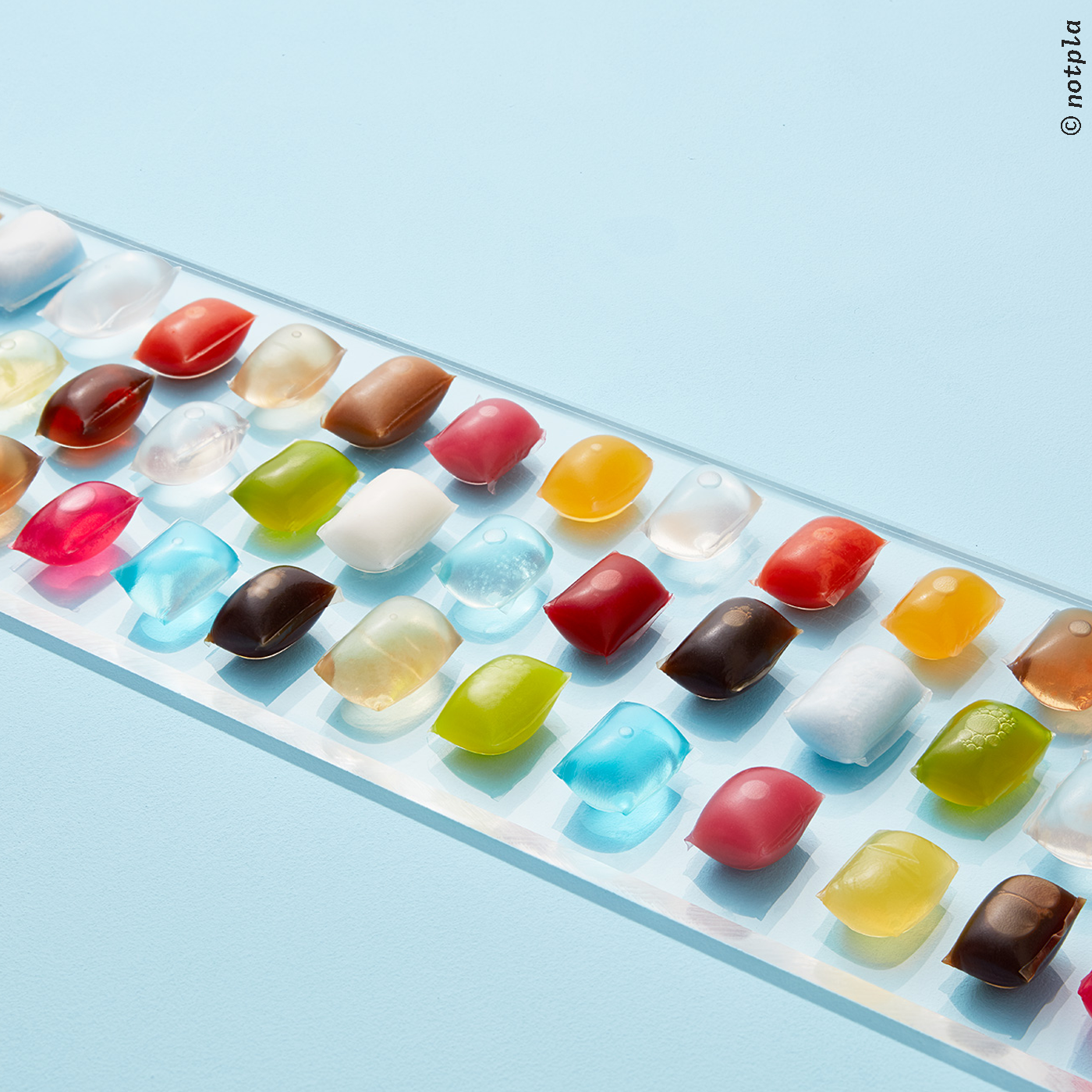Two of the most commonly mixed-up terms are product data sheets and technical data sheets. They sound similar – and both play an essential role in food supply chains – but they serve different purposes. Add in safety data sheets for food products, and the picture becomes even more complex.
This blog explains the differences, where each type of document is used, and why clear specification management is critical for compliance and efficiency.
What is a food product data sheet?
A food product data sheet is a document that provides core information about a product. Typically, it includes details such as:
- Ingredients and nutritional values
- Allergen information
- Storage instructions
- Packaging details
These sheets are designed to give retailers, procurement teams, and even marketing departments the information they need to understand and present a product to consumers. For example, when a manufacturer wants to list a product with a supermarket, the product data sheet ensures that nutritional and allergen labelling is accurate and compliant.
What is a technical data sheet for food products?
A technical data sheet for food products goes deeper. It provides detailed specifications that are critical for quality assurance and regulatory compliance, such as:
- Microbiological standards
- Shelf life and storage conditions
- Physical and chemical characteristics
- Manufacturing processes
These documents are often used by technical and QA teams to ensure a product meets required standards. They also support regulatory checks and external audits, making them essential for food safety management.
Safety data sheets for food products: where do they fit in?
A safety data sheet (SDS) is slightly different. While most commonly associated with hazardous substances like cleaning chemicals, they are still highly relevant in food manufacturing environments. An SDS outlines potential risks, safe handling instructions, and emergency measures.
Within the food industry, safety data sheets are vital for training staff, managing workplace hazards, and ensuring compliance with health and safety regulations.
Key differences between product data sheets and technical data sheets
Although product and technical data sheets both provide information about the same product, their audience and purpose are distinct.
|
Product Data Sheet |
Technical Data Sheet |
|
|
|
|
|
|
Getting the distinction wrong can cause issues — from delays in onboarding new suppliers to risks during audits.
Why getting documentation right matters
Clear and accurate documentation underpins every stage of the food supply chain. Without it, businesses risk:
- Non-compliance during audits
- Increased chance of product recalls
- Slower procurement processes
- Miscommunication between suppliers, manufacturers, and retailers
As regulatory requirements continue to tighten, from allergen labelling to sustainability reporting, the need for robust specification management is only increasing.
Making data sheet management easier
For many businesses, managing multiple types of data sheets across dozens of suppliers is a manual, time-consuming process. Documents arrive in different formats, updates are missed, and key information gets lost in spreadsheets.
That’s why many food businesses are turning to digital specification management systems. By centralising data sheets in one platform, businesses can ensure information is standardised, accessible, and always up to date. The result? Greater efficiency, stronger compliance, and fewer risks.
Combining everything into one smart workflow
Understanding the difference between each type of data sheet helps food businesses stay compliant, efficient and audit-ready.
- Product data sheets capture the core product information needed for approval and listing.
- Technical data sheets provide the deeper quality and compliance data once a product moves further through the development process.
- Safety data sheets manage risk and outline safe handling requirements.
At Foods Connected, we have developed ways to bring these documents together within a single, connected specification – capturing core product data first, and then adding technical information as the product moves further through development.
This conditional approach means suppliers only need to complete essential details upfront, reducing early-stage workload and avoiding the collection of unnecessary technical data for products that may not progress. Once a product is approved, additional compliance and quality information can then be seamlessly added.
By combining these workflows, Foods Connected helps teams simplify specification management, improve data accuracy and prepare for future PLM (Product Lifecycle Management) solutions – ensuring that every step of the process remains efficient, compliant and connected.
Find out how you can centralise product, technical and safety data sheets in one connected system:

Caitlin Arthurs
Caitlin Arthurs is a Marketing Executive at Foods Connected, specialising in content creation, SEO, and digital strategy. She works closely with industry experts to produce insightful articles, case studies, and resources that help food businesses optimise their operations and stay ahead of regulatory changes. When she’s not crafting content, Caitlin enjoys graphic design, travelling, and spending time with her golden retriever, Spencer.
Stay up to date
Stay up to date
Browse Posts
- December 2025
- November 2025
- October 2025
- September 2025
- August 2025
- July 2025
- June 2025
- May 2025
- April 2025
- March 2025
- February 2025
- January 2025
- December 2024
- November 2024
- October 2024
- September 2024
- August 2024
- July 2024
- June 2024
- May 2024
- April 2024
- March 2024
- February 2024
- January 2024
- December 2023
- November 2023
- October 2023
- September 2023
- August 2023
- July 2023
- June 2023
- May 2023
- April 2023
- March 2023
- December 2022
- November 2022
- October 2022
- September 2022
- August 2022
- July 2022
- June 2022
- May 2022
- April 2022
- March 2022
- February 2022
- January 2022
- December 2021
- November 2021
- October 2021
- August 2021
.png)

/Blog%20Headers/shutterstock_1927957907%20(1).jpg)
/Blog%20Headers/shutterstock_1845178195%20(2).jpg)
/Blog%20Headers/shutterstock_2473376713.jpg)
/Blog%20Headers/shutterstock_2133827717%20(1).jpg)
/Blog%20Headers/shutterstock_2247276303.jpg)
.png)
.png)



/Blog%20Headers/Blog%20header_the%20role%20of%20real%20time%20data.jpg)
.jpg)
/Blog%20Headers/Blog%20header_How%20AI%20is%20making%20supply%20chains%20more%20efficient.jpg)
/Blog%20Headers/Blog%20header_SEO_How%20AI%20detects%20food%20fraud.jpg)
/Blog%20Headers/shutterstock_2480556949.jpg)

/Blog%20Headers/Supply%20chain%20resilience%20Blog%20Header%20.jpg)
/Blog%20Headers/FSMA%202024%20update%20Blog%20header.jpg)
/Industry%20Voices/Industry%20Voices%20live/Ruth%20Brown%20-%20M+S/Industry%20voices_Ruth%20Brown%20Blog%20Header.png)